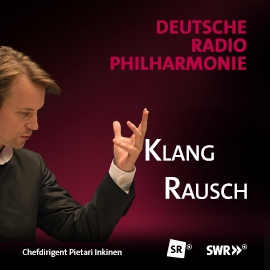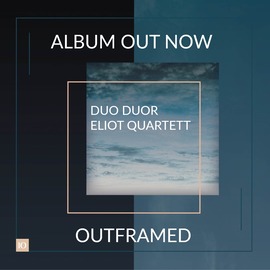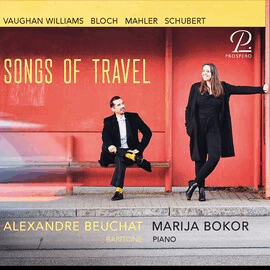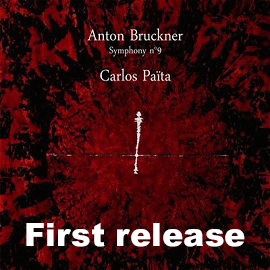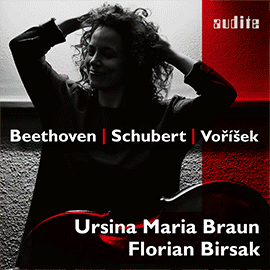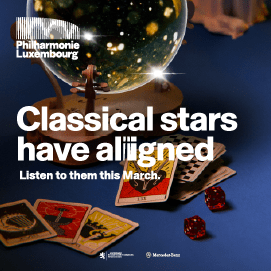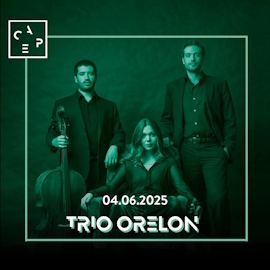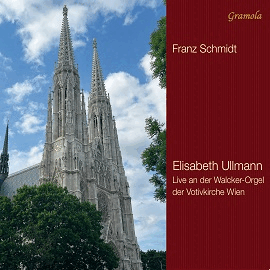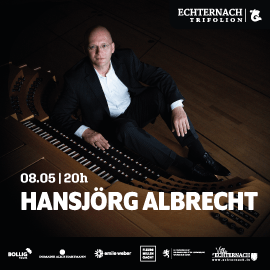Die Musik Georg Philipp Telemanns stellt eine riesige Schatztruhe dar, weswegen jede Beschäftigung mit seinem Werk an sich schon mal lobenswert ist. Mag der Magdeburger lange Zeit als Vielschreiber gesehen worden sein: Wo viel entsteht, ist auch viel Gutes dabei. 46 Passionen hat Telemann allein in seiner Hamburger Zeit in den Jahren zwischen 1722 und seinem Tod 1767 geschrieben. Aus der Mitte dieser Ära stammt die Lukaspassion von 1744, die Carus jetzt auf zwei CDs veröffentlicht hat. Unter der Leitung von Jaroslaw Thiel musiziert das famose Wroclaw Baroque Orchestra aus Polen gemeinsam mit dem Dresdner Kammerchor und einem Solistenquartett.
Der Passion (TVWV 5:29) ist eine fünfstimmige e-Moll Sonata (TWV 50:4) vorangestellt, die instrumental schon mal gekonnt den Erwartungshorizont des Folgenden absteckt. Anders als bei Johann Sebastian Bachs Passionen erstaunt hier allerdings, wie wenig Telemann in diesem Werk auf den Choral setzt: Gerade mal drei Stücke dieses Genres sind zu hören. Dafür haben die Vokalisten in den spannungsgeladenen Turba-Chören gut zu tun. Der Dresdner Kammerchor gefällt hier durchweg mit schlankem Ton, Transparenz und der gerade bei Telemann nötigen Diktion. Immer wieder wird deutlich, dass der Komponist auch Opern schrieb: Hand in Hand mit dem Orchester gestaltet das 18-stimmige Vokalensemble seine Partien mit Gefühl für den Moment und zieht die Zuhörer gekonnt ins Passionsgeschehen hinein. Ein Höhepunkt ist hier der flächige Chor „Ach, klage, wer nur klagen kann“.
Telemanns Musik ist offenbar auch ein Spiegel der Rahmenbedingungen, die er seinerzeit hatte, also wie es um Qualität und Quantität der Stimmen und Instrumentalisten bestellt war. 1744 stach offenbar der Sopran heraus: Acht Arien hat diese Lukaspassion, allein fünf davon sind jenem Register zugedacht. Und hier brilliert Sopransitin Sophie Junker auf ganzer Linie! Telemanns Musik ist der Sängerin quasi auf den Leib geschrieben und sie spürt den immer wieder spannenden Text-Musik-Bezügen lustvoll und dabei dennoch leichtfüßig nach. Hier macht der gut genutzte Affekt den Effekt. Genauso überzeugend gestaltet Benedikt Kristjánsson die Rezitative des Evangelisten: Der isländische Tenor ist für dieses Fach immer eine sichere Bank und auch hier höchst verlässlich.
Ein Alt mag Telemann damals vielleicht nicht zur Verfügung gestanden haben – er hat hier zumindest nichts zu singen. Die beiden anderen Solisten sind Tenor Maximilian Schmitt mit zwei Solopartien und Michael Nagy mit einer Arie und als Jesus. Gewinnt Telemanns Sakralmusik oft durch ihre opernhafte Szenengestaltung, sind seine Passionen dennoch keine Bühnenwerke. Leider fallen die beiden Herren hier aus der ansonsten ansprechenden Linienführung des Dirigenten unangenehm heraus und schmälern mit ihrem Vibrato, unter dem auch mal die Intonation leidet, den ansonsten guten Gesamteindruck dieser Aufnahme.
The music of Georg Philipp Telemann is a vast treasure trove, which is why any performance of his work is praiseworthy in itself. The Magdeburg composer has long been considered a prolific writer: Where much is created, much good is also created. During his time in Hamburg alone, between 1722 and his death in 1767, Telemann wrote 46 passions. The St. Luke Passion of 1744, which Carus has now released on two CDs, dates from the middle of this period. Under the direction of Jaroslaw Thiel, the famous Wroclaw Baroque Orchestra from Poland performs together with the Dresden Chamber Choir and a quartet of soloists.
The Passion (TVWV 5:29) is preceded by a five-part Sonata in E minor (TWV 50:4), which skillfully sets the instrumental horizon for what is to follow. In contrast to Johann Sebastian Bach’s passions, however, it is surprising how little Telemann relies on the chorale in this work: There are only three pieces of this genre. On the other hand, the singers have plenty to do in the exciting Turba choruses. The Dresdner Kammerchor convinces throughout with its slender sound, transparency and the diction Telemann demands. Time and again it becomes clear that the composer also wrote operas: hand in hand with the orchestra, the 18-voice vocal ensemble shapes its parts with a feeling for the moment and skillfully draws the audience into the events of the Passion. A highlight here is the expansive chorus « Oh, lament, who can but lament ».
Telemann’s music obviously also reflects the conditions of his time, i.e. the quality and quantity of the voices and instrumentalists. In 1744, the soprano clearly stood out: this St. Luke’s Passion has eight arias, five of which are dedicated to this register alone. And this is where soprano Sophie Junker shines! Telemann’s music is practically tailor-made for the singer, and she follows the always exciting connections between text and music with relish and yet light-footedness. The well-used affect creates the effect. Benedikt Kristjánsson is equally convincing in the Evangelist’s recitatives: the Icelandic tenor is always a safe bet for this role, and here too he is highly reliable.
An alto may not have been available to Telemann at the time – at least he has nothing to sing here. The other two soloists are tenor Maximilian Schmitt with two solo parts and Michael Nagy with an aria and as Jesus. While Telemann’s sacred music is often distinguished by its operatic staging, his Passions are not stage works. Unfortunately, the two gentlemen fall unpleasantly out of the conductor’s otherwise appealing lines here, and their vibrato, which sometimes detracts from the intonation, detracts from the otherwise good overall impression of this recording.



